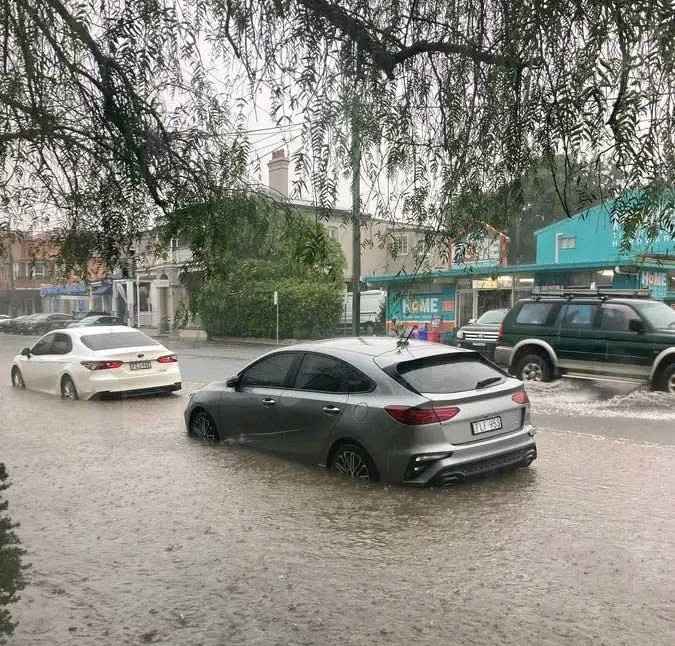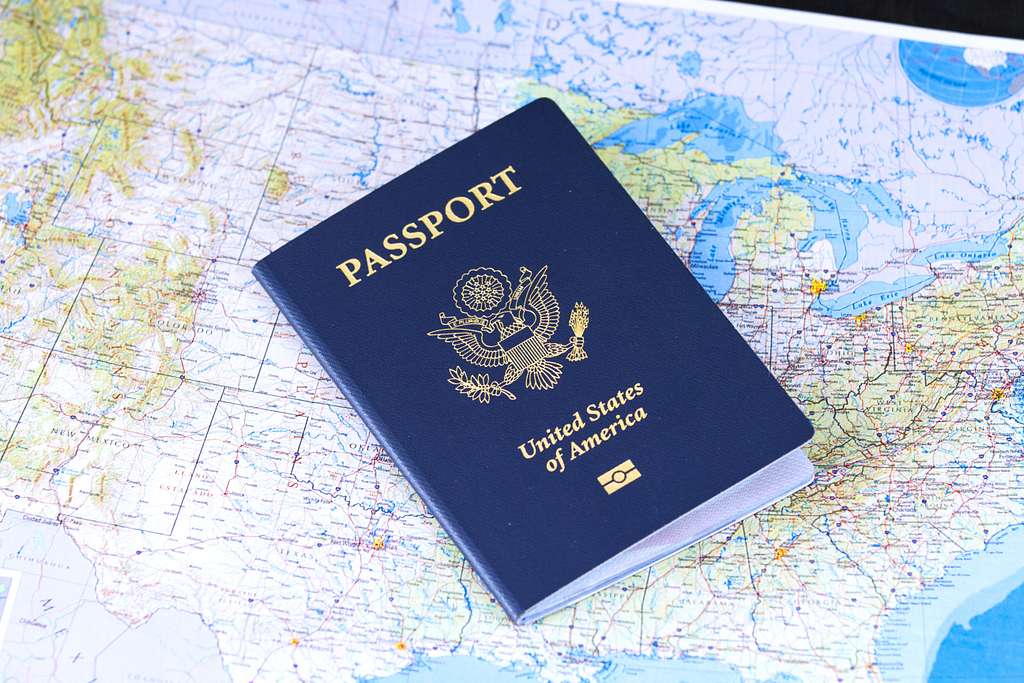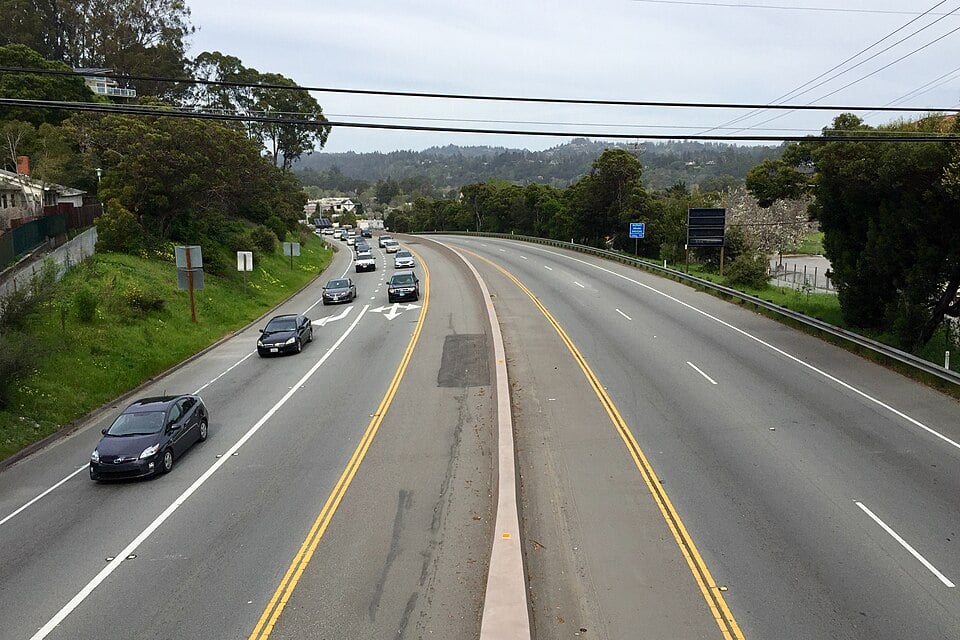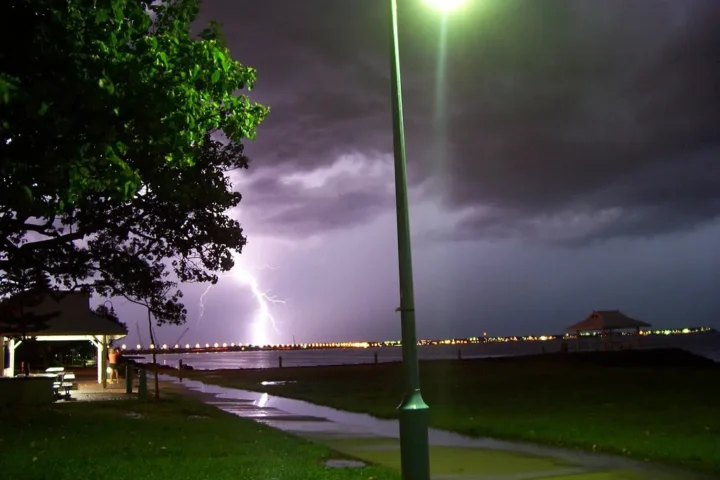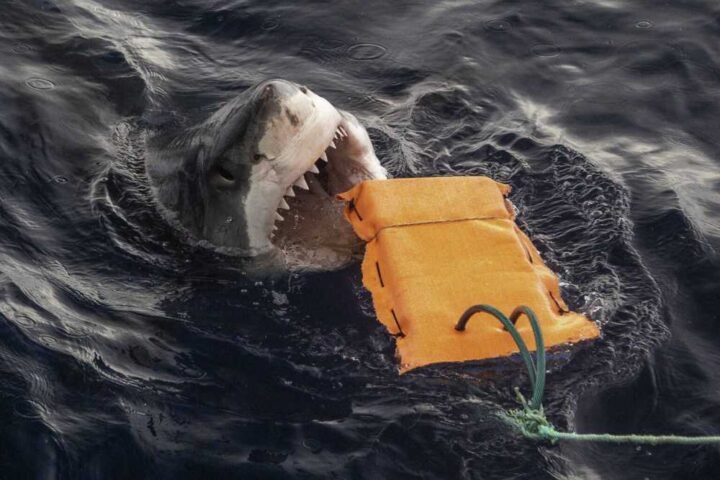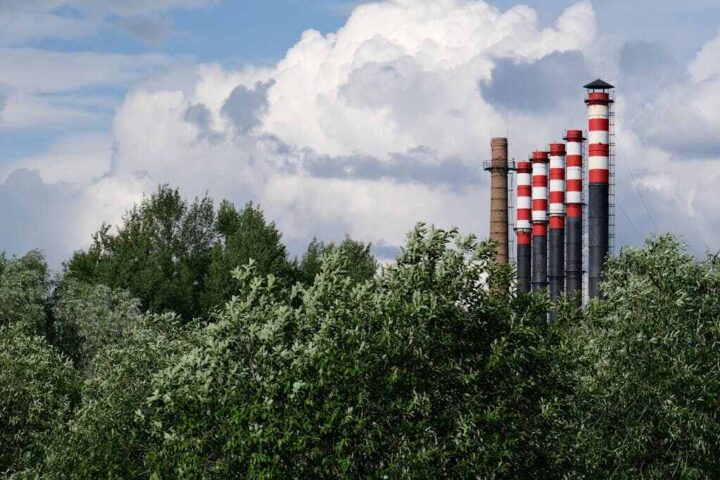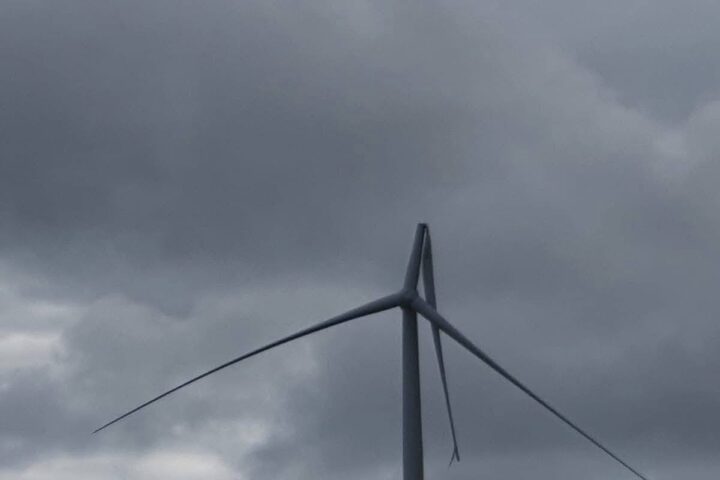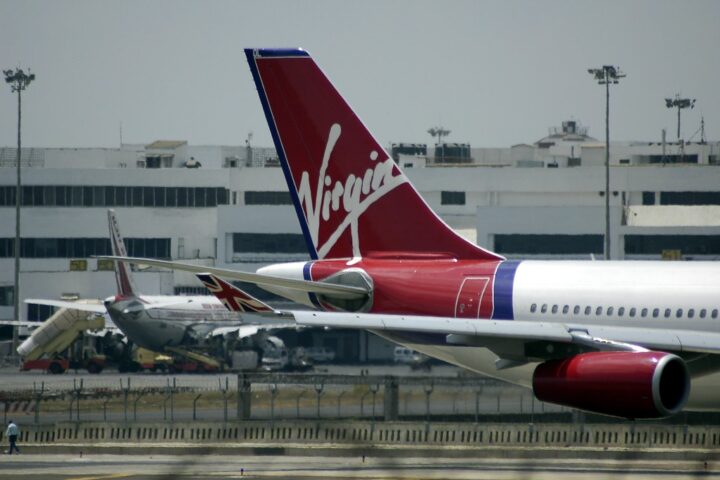Flash floods have hit New South Wales hard today, with the Hunter and Mid North Coast regions taking the brunt of the severe weather. Emergency crews are racing to help people caught in rising waters, having already rescued eight people from floods since yesterday.
The rain isn’t letting up. Wyee, north of Sydney, saw around 121mm of rain in just 24 hours. At Williamtown, near Newcastle, the rain broke a 84-year-old May record with 103mm falling in one day.
“We’re in the early stages of a severe weather event,” warns Steve Bernasconi from the Bureau of Meteorology. The rain could dump between 70mm to 130mm across affected areas in the next day, with some spots possibly seeing up to 180mm.
The wild weather has already caused chaos. A kite surfer at Umina Beach got caught in a strong wind gust, lifting him seven meters high before tangling in power lines. He’s now in stable condition at Royal North Shore Hospital.
“He seems very lucky,” says Ambulance Inspector Phil Clark. “He was wearing a helmet and full wetsuit, so he has some facial injuries and probable concussion.”
Roads are becoming dangerous. Three northbound lanes of the M1 Pacific Motorway near Beresfield are closed due to flooding. Trains between Newcastle and Fassifern have stopped running because of damaged overhead wires.
Similar Posts
“We need to be absolutely clear — there is no reason that anyone should be walking or driving through floodwaters,” says SES Northern Zone Commander Andrew Cribb. “You do not know what the conditions of the roadway underneath are, you do not know what is in the water.”
The weather has forced several schools to close, including Narara Valley High School and Mount Pleasant Public School. Even Newcastle Airport has delayed flights due to water on the runway.
Looking ahead, the weather bureau expects strong winds of up to 100 km/h along the coast. Waves could reach five meters high between Sydney and Port Macquarie, threatening coastal areas already damaged by erosion earlier this year.
Emergency services aren’t taking any chances. They’ve positioned rescue helicopters in Cessnock and Taree, with high-clearance vehicles ready in Dungog, Maitland, and Taree. Crews have also set up sandbagging stations in places like Raymond Terrace to help protect properties.
Sydney isn’t escaping the wet weather either. The city could see up to 100mm of rain this week, with the northern beaches already dealing with flash flooding. The Wakehurst Parkway is closed between the Sydney Academy of Sport and Oxford Falls.
SES Assistant Commissioner Sean Kearns ESM emphasizes that rivers and creeks are rising quickly. “If you come across a flooded road, stop, turn around, and find another way,” he advises. “It’s not worth the risk.”
For residents in flood-prone areas like Dora Creek in Lake Macquarie, officials recommend preparing to stay isolated for up to two days. The message is clear: stay informed, stay away from floodwater, and stay safe.
